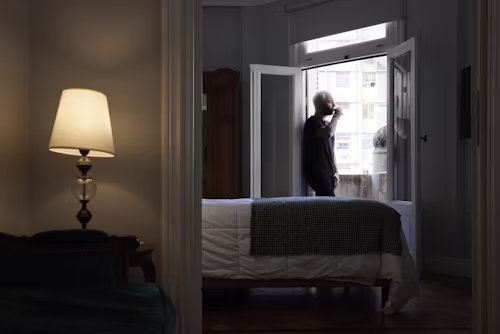Introduction to Mold and Its Impact
What is Mold?
Mold is a type of fungus that thrives in damp, humid environments. It spreads through tiny spores, invisible to the naked eye, and can settle almost anywhere in your home if conditions are right. mold removal ottawa While it plays an important role in nature, indoors it can wreak havoc on your health and property.
Common Types of Mold Found in Ottawa Homes
Ottawa homes often deal with types like Cladosporium, Penicillium, and the infamous Stachybotrys chartarum (black mold). Each has its own health implications, but prolonged exposure to any mold can be harmful.
Why Mold is a Growing Concern in Ottawa
Ottawa’s mix of humid summers and snowy winters creates the perfect breeding ground for mold. Poor ventilation in homes, combined with frequent rain and melting snow, means moisture can linger, giving mold a chance to flourish.
Understanding How Mold Grows
Conditions That Promote Mold Growth
Mold loves moisture, warmth, and darkness. Leaky roofs, damp basements, and condensation around windows are common culprits.
The Role of Ottawa’s Climate in Mold Problems
Frequent freeze-thaw cycles and seasonal humidity spikes keep Ottawa homes at risk year-round. Summer humidity and winter condensation are both triggers.
Where Mold is Most Likely to Appear in Homes
Bathrooms, basements, attics, and kitchens are hotspots. Mold also hides behind walls, under carpets, and inside ventilation systems.
Health Risks of Mold Exposure
Respiratory Issues and Allergies
Mold spores can trigger asthma attacks, chronic coughing, and wheezing. Allergy symptoms like sneezing, congestion, and sore throats are also common.
Skin and Eye Irritations
Direct contact can cause rashes, itching, and redness. Mold spores in the air may lead to itchy, watery eyes.
Long-Term Health Implications
Prolonged exposure can cause chronic bronchitis, hypersensitivity pneumonitis, and even neurological problems in extreme cases.
Who is Most at Risk?
Children, the elderly, and anyone with weakened immune systems are particularly vulnerable to mold-related illnesses.
Identifying Mold in Your Home
Visible Signs of Mold
Dark patches on walls, ceilings, or floors are telltale signs. Musty odors often indicate hidden mold growth.
Hidden Mold and How to Detect It
Peeling wallpaper, warping floors, or unexplained allergy flare-ups may point to hidden infestations. Moisture meters and thermal imaging can help detect it.
When to Call a Professional Inspector
If you suspect mold but can’t find the source, a professional inspection is the safest route.
How Ottawa Residents Can Stay Safe
Preventing Mold Growth in the First Place
Fix leaks promptly, maintain proper drainage, and control indoor humidity levels.
Safe Mold Removal Practices
Small patches can be cleaned with detergent and water, but always wear gloves and an N95 mask.
The Importance of Proper Ventilation
Use exhaust fans in bathrooms and kitchens, and ensure your HVAC system is clean and functioning well.
Using Dehumidifiers and Air Purifiers
A good dehumidifier can keep moisture levels below 50%, while HEPA air purifiers help trap mold spores.
Professional Mold Removal Services in Ottawa
When DIY Isn’t Enough
If mold covers more than 10 square feet or is in your HVAC system, call a professional.
What to Expect from a Professional Mold Remediation Process
Pros will assess the damage, contain the area, remove contaminated materials, and sanitize the space.
How to Choose the Right Mold Removal Company
Look for certified, insured, and well-reviewed companies with experience in Ottawa homes.
Government Guidelines and Resources
Health Canada Recommendations
Health Canada advises removing mold promptly and controlling moisture to prevent regrowth.
Ottawa Public Health Initiatives
Local authorities offer guidelines, inspections, and educational resources for homeowners.
Conclusion
Mold removal ottawa exposure isn’t just a nuisance—it’s a genuine health hazard. By understanding how mold grows, recognizing early signs, and taking swift action, Ottawa residents can protect both their homes and their health. Whether it’s prevention or professional remediation, staying proactive is the key to staying safe.

